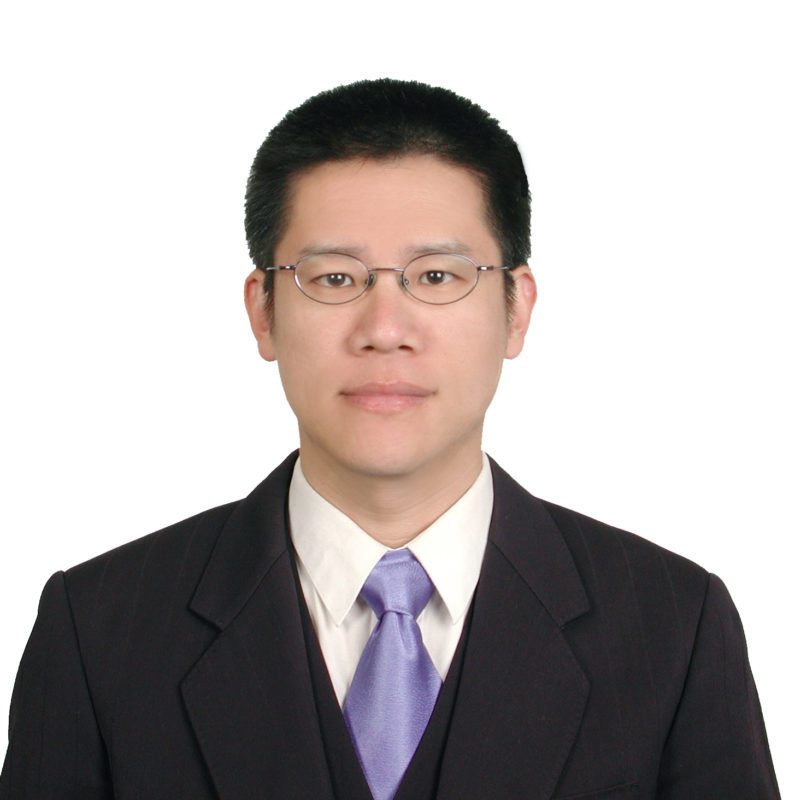Computers-on-modules (CoMs), also known as systems-on-modules, enable the development of modular embedded systems. These are essentially small computers with modules that are detachable from the baseboard. This interview looks at how these boards have advanced in the last few years. Prashanth K.S., business development manager, and Joy Huang, technical centre manager, Congatec Asia, speak with Dilin Anand and J. Saravanam from EFY

Q. How have CoMs evolved over the years?
A. As usual, core of either the system on chip or that of the CoM always gets upgraded as new CPU architecture or generation of CPU comes in. Some real developments are around greater integration of features into the baseboard, basic input/ output system customisation and enhanced operating system and hardware design. You will also find support for newer interfaces as well as changes in the board’s form factor. Small is in!
Q. Talking about enhanced operating systems, is Windows still popular among engineers designing embedded computing systems?
A. Intel no longer supports Windows CE. Microsoft’s releases for desktop computing are now mirrored with relevant releases of the same brand of operating systems for embedded computing. Changes in operating systems have been around disappearance of support for Windows CE. Windows is still the most used operating system, but Android is popular for DIY.
Q. How is android managing in the world of embedded computing?

A. Increase in interest is big from the DIY and mobile market. Android implementation is going up based on the know-how of integrated software engineers for embedded or industrial projects. While Android has been here for many years, it is only now that it is being considered to be mature enough for implementation in important industrial systems. All Android based systems go for Freescale- or NXP-powered chipsets since these need a process based on ARM architecture.
Q. Which operating system do most engineers prefer?
A. As even consumer computing users believe, Windows was literally too big for embedded use cases. This led to a lot of engineers migrating to Linux based solutions. Those building extremely critical systems tend to use real-time operating systems and VxWorks.
Q. Since security is all the rage with wireless connectivity and the IoT in industrial systems, how do modern CoMs maximise security?
A. Trusted Platform Module (TPM) is a standard for a secure crypto-processor that ensures security for hardware. A trusted platform module with an Intel chipset is already available. Vendors like In neon, too, have their own solutions for it. The fact is that hardware-based security is much more robust than software based. So, if a system is sensitive or has sensitive information, then having some sort of TPM on it is the way to go.
Q. How bad is it if an embedded system does not have TPM?
A. In a system without TPM, security is probably based on software. In such a case, it is possible to easily hack the system if someone has physical access to it. For example, a storage swap or manually changing the hard disks could allow a hacker to get in.
Q. Where do you see the most demand come from for CoMs today?
A. Our favourites are automation, medical, gaming, retail and measurement. The IoT is in all segments, especially in special gateways, traffic and park control and smartcities. Here, we position SMARC 2.0, which is optional with Wi-Fi and Bluetooth.
Please click here to see the full version of this interview.










